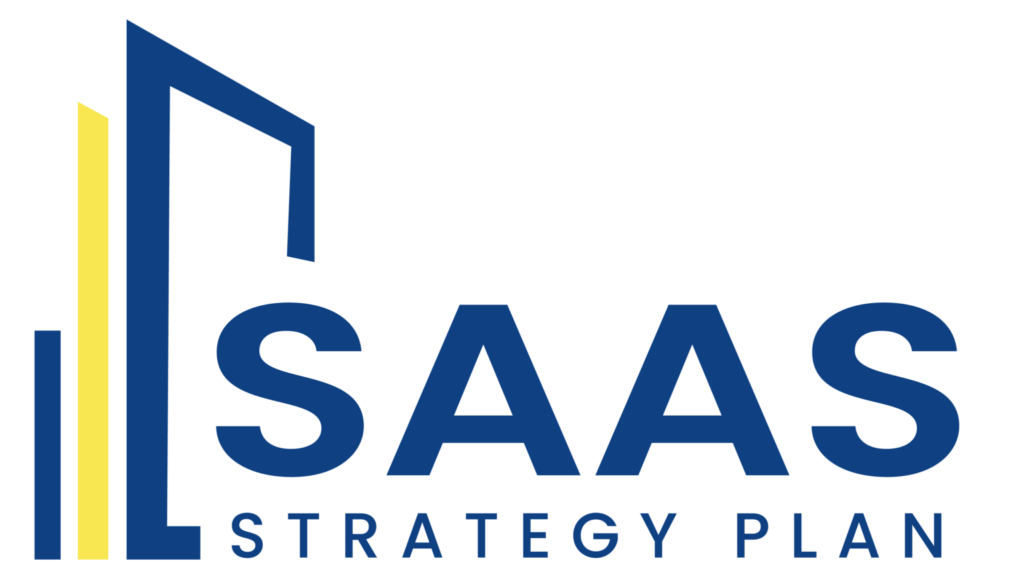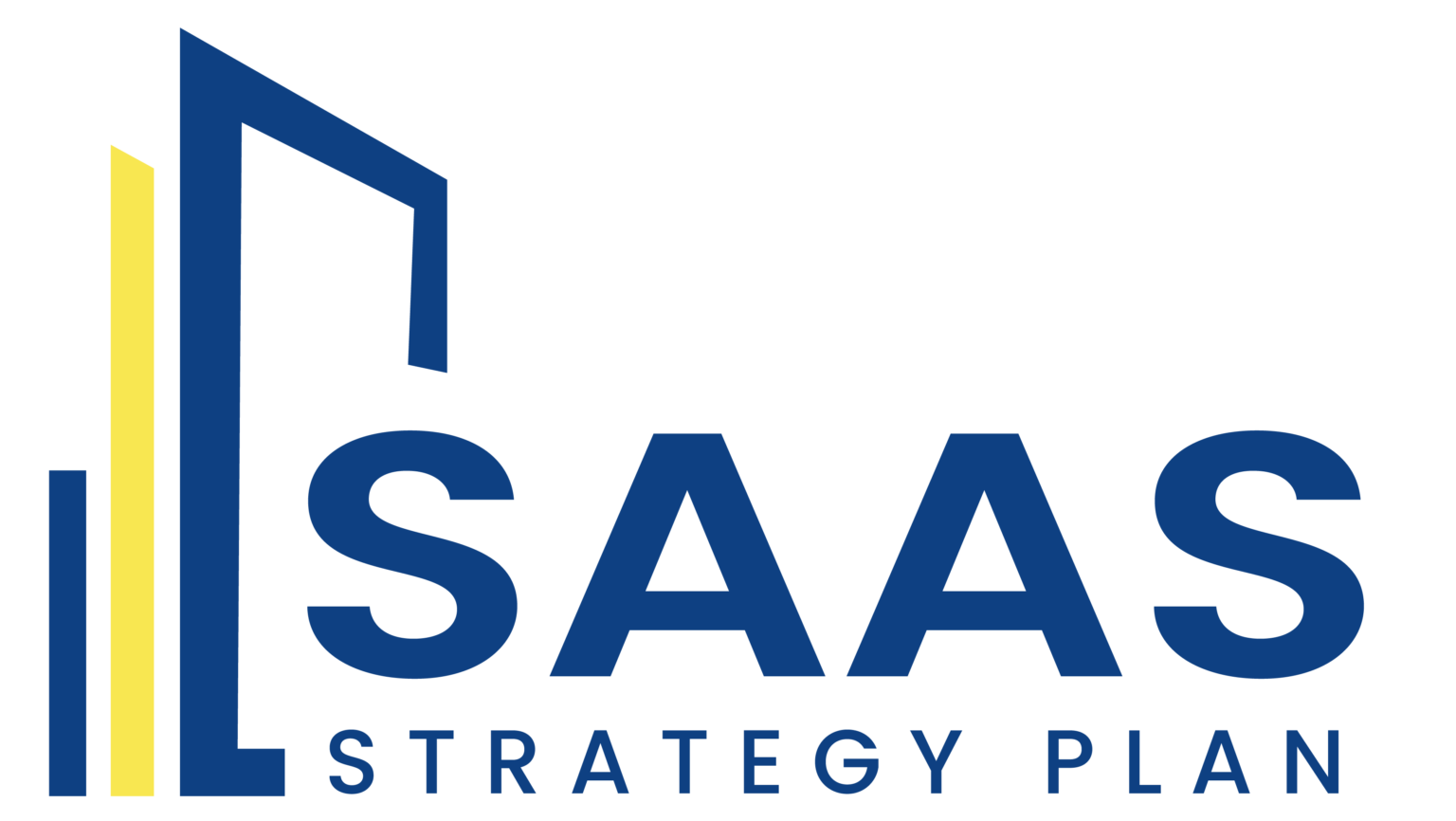Success in the cutthroat SaaS market is rarely a coincidence. It is the outcome of meticulous preparation, calculated execution, and a persistent emphasis on keeping talent and consumers. Setting strategic goals and maintaining them go hand in hand; while well-defined goals offer guidance, effective retention strategies guarantee long-term success. They serve as the foundation of a successful SaaS company.
The Significance of Strategic Goal Establishment in SaaS
As a compass, strategic objectives make sure that all of your efforts are in line with the long-term goals of your business. These goals are essential for SaaS companies for:
- Driving Focus: Teams are able to focus on high-impact tasks because clear goals remove uncertainty.
- Monitoring Progress: Measurable goals make it easier to evaluate performance and make necessary strategy adjustments
- Improving Cooperation: Teams that have clear goals are more aligned, which increases productivity and communication.
- Key indicators including monthly recurring revenue (MRR), customer acquisition cost (CAC), customer lifetime value (CLTV), and churn rate are frequently at the centre of the SaaS model’s goals.
Difficulties in Establishing Strategic Goals
Despite its significance, establishing strategic goals is not always easy:
- Overambition: Burnout and dissatisfaction can result from unrealistic ambitions.
- Misalignment: Goals that don’t excite your employees or clients may not be worthwhile.
- Lack of Flexibility: Setting strict objectives may make it more difficult for you to adjust to changes in the market.
The Secret to Sustainable Growth: Retention
The real indicator of a SaaS company’s health is customer retention, even though gaining new clients is crucial. Consistent revenue is generated by retained customers, who are also less expensive to retain than new ones and frequently turn into brand ambassadors, generating word-of-mouth recommendations.
Keeping great talent is just as important as keeping customers. High staff turnover can raise expenses, lower morale, and interfere with processes.
How to Establish Strategic Goals for Achievement
1.Establish SMART objectives
Strategic goals ought to be time-bound, relevant, quantifiable, achievable, and specific. For example, set the goal to “Achieve a 20% increase in monthly recurring revenue by the end of Q3” rather than “Increase revenue.”
2. Give Core Metrics Priority
Determine which metrics are most important to your company. In SaaS, these usually consist of:
- MRR: A trustworthy measure of expansion.
- Customer satisfaction and retention initiatives are reflected in the churn rate.
- CLTV: Assists in determining each customer’s long-term worth.
- The Net Promoter Score (NPS) measures the likelihood of referrals and client loyalty.
3.Match Goals to the Company’s Vision
Make sure each objective supports your mission and growth path. Teams are inspired to strive toward shared goals and are given a feeling of purpose as a result of this alignment.
4.Examine and Modify
Strategic goals ought to be dynamic texts. Evaluate your progress on a regular basis and be ready to modify your objectives in light of performance information and market conditions.
The Strategy Plan Method for SaaS
Our specialty at SaaS Strategy Plan is assisting SaaS companies in establishing and accomplishing strategic goals while improving retention. Our strategy consists of:
- Creating personalized goal-setting frameworks to coincide with your vision.
- Determining important parameters and putting in place mechanisms to efficiently monitor them.
- Creating customer success initiatives to reduce attrition.
- Creating programs for employee engagement in order to develop a devoted and driven workforce.
Concluding remarks
Growth in the SaaS sector involves more than just expanding teams and gaining clients; it also entails maintaining existing connections through well-defined goals and successful retention tactics. By concentrating on these pillars, you create a business that is robust and prepared for the future.


